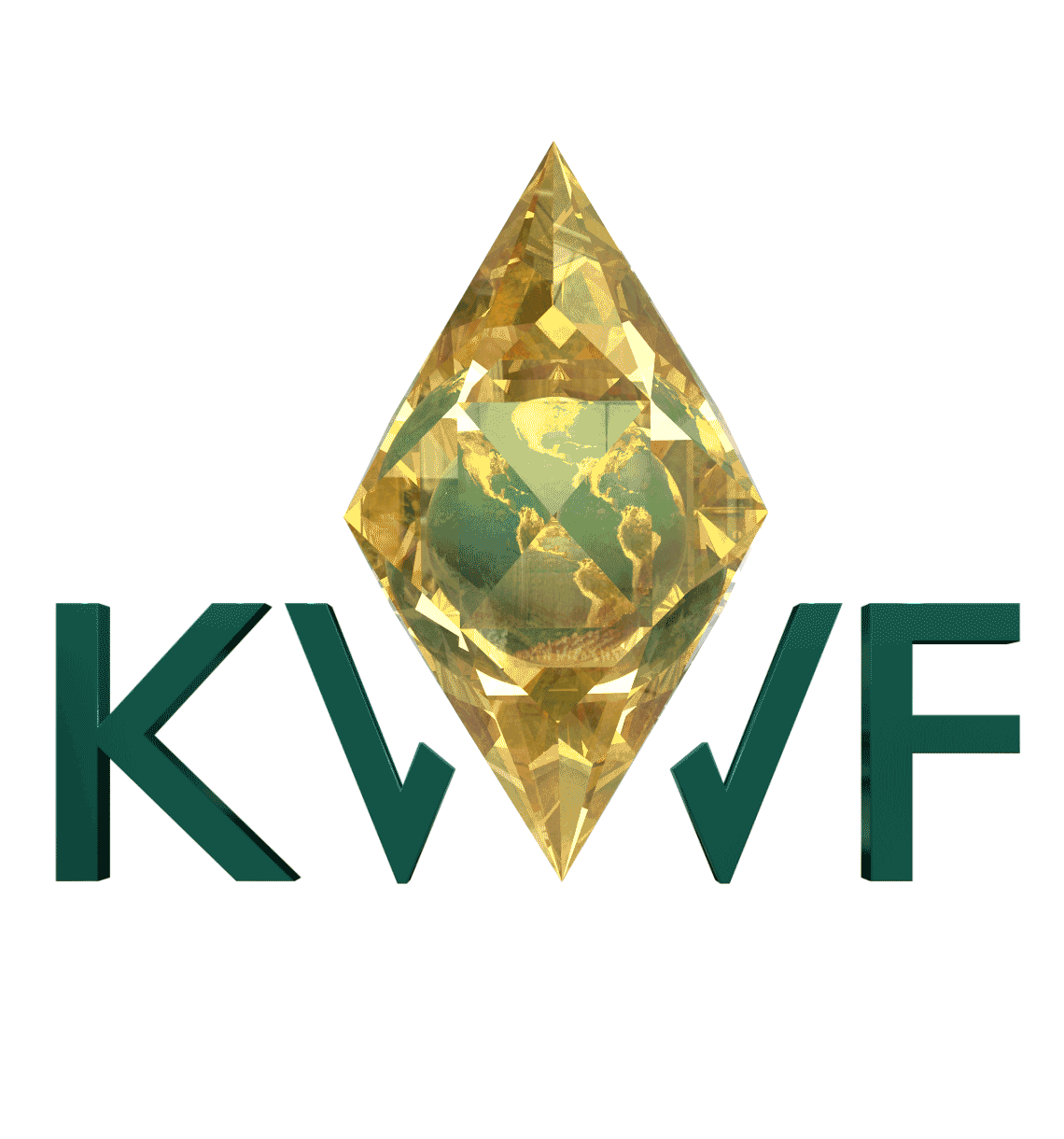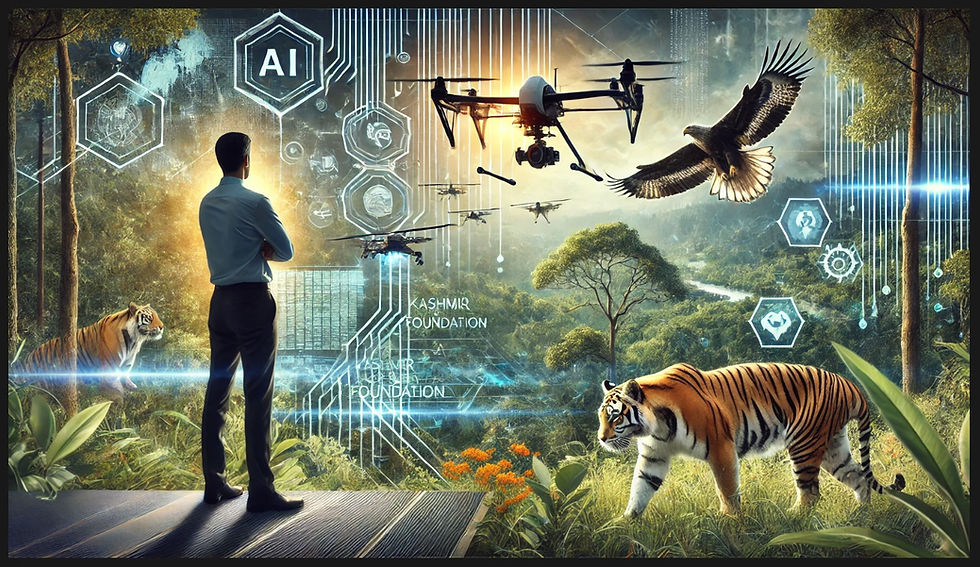Sea Turtle Conservation with Dr. Gale Bishop
- Kashmir World Foundation

- Jun 26, 2020
- 6 min read
In Indian Hindu mythology, it is said that the Earth is held up on the backs of four elephants. Those four elephants stand on the back of a giant sea turtle. If the sea turtle disappears, the entire system will collapse.
Sea turtles have been thriving in the world's oceans for over 150 million years, against all the odds through evolution. However, fast-acting human developments have driven sea turtles towards extinction. Today, there are only seven sea turtle species: Green, Hawksbill, Kemp's Ridley, Leatherback, Loggerhead, Olive Ridley, and the Flatback. Except for the Flatback, which is only found in Australia, all of the other turtles live in waters around the world.

Sea turtles act as keystone species. They have a significant role in the balance of the ocean's ecosystem; the grazing of sea turtles maintains biodiversity. For instance, "the Hawksbill turtles eat sponges, preventing them from out-competing slow-growing corals." If sea turtles went extinct, it would cause a decline in all the species who depend on the seagrass beds and coral reefs for shelter and food.
The impact of the sea turtles extends to humans too. Many marine species that humans harvest depend on the seagrass beds, whose growth is controlled by the sea turtles. Sea turtles that mainly prey on jellyfish, like the leatherbacks, prevent large blooms of jellyfish, whose drifting can block coastal power stations and tear fishnets.
Sea turtles don't just impact the waters; they also benefit the beaches they're born on. Beaches are home to many small critters, but the sand doesn't hold nutrients well. The unhatched and even the hatched eggs of sea turtles provide nutrients for the little vegetation that grows on the beaches and lower dunes. The nutrients allow vegetation to form stronger, deeper roots, which protect beaches from erosion. Fewer sea turtles in the ocean, means fewer turtles return to the shores of their birth to lay eggs. Like many parts of nature, it's a chain reaction.

Out of every 1000 hatchlings born, only one of them will live to see adulthood. For these sea turtles, the dangers of human impact last throughout their lifetime.
Sea turtles are poached for their eggs, meat, skin, and shells. As is the case with rhino horns and tiger bones, there are false beliefs that eating sea turtle eggs increases sexual potency. Poverty also pushes people to turn towards poaching of sea turtles. The different parts of the sea turtle can feed families, or can be sold for high prices. Sea turtles in the ocean also face the dangers of habitat destruction, becoming trapped in fishing gear, and the increasing amount of plastic in the sea. To a leatherback sea turtle, jellyfish and floating plastic shopping bags look similar, though the latter's consumption leads to digestive blockages and eventual death.
But human dangers to sea turtles begin on the beaches themselves, as hatchlings. The female sea turtles first inspect the beach, making sure it is safe before laying their eggs. However, human development, which comes in the form of bright lights, people, noise, or structures, can prompt the sea turtles to return to the sea without laying their eggs. To reach the ocean, hatchlings must shift through the sand in a dangerous journey that covers only a few meters. For them, every second counts, for the longer that they are out in the open, the more likely they are to fall prey to the beach's dangers. Hatchlings find their way to the ocean through instinct to follow the light horizon and the white crests of waves. Besides multiple predators, including crabs, coyotes, and birds, hatchlings must face carelessly left trash, scattered beach equipment, and bright lights from coastal development. The bright lights coming from these buildings or cars can cause disorientation, in which the hatchlings begin to move away from the ocean and towards the wrong source of light. An everyday activity, beach driving, is also a danger to the hatchlings. Nighttime driving can disorient and crush hatchlings who are trying to reach the ocean. Hatchlings can get stuck in the grooves caused by large tires. Beach driving during the day can compact the sand above nests, making it difficult for the hatchlings to emerge.
Dr. Gale Bishop is a geologist and paleontologist who has studied fossils, dynamics of barrier islands, and of course, sea turtles. He's also the director of The St. Catherines Island Sea Turtle Conservation Program. Two weeks ago, KWF's Graphic Design and the MiSHELL AI team got to attend a passionate webinar with Dr. Bishop about his work with sea turtle conservation and history.

After arriving on the shore of St. Catherine's, female sea turtles lay over 100 eggs in one nest. Sixty days later, the baby sea turtles hatch and dig their way to the surface. Once they find their way into the ocean, Dr. Bishop tells us that they "swim for 72 hours towards the east until they get to the Gulf Stream. And they're going to catch a ride on Sargassum algae, and then they're going to ride around the North Atlantic Gyre." Eventually, they find their way to the Azores Islands in Portugal. Fifteen years later, they'll catch a ride on the Equatorial current to arrive back where it all began: St. Catherine's Island.
When his team first finds a nest of eggs, they first need to validate the clutch and see if the eggs are present. They do this with a shovel, rather than a probe, because probing may break eggs. They determine if the nests are doomed (the nest is underwater) or at risk (the nest is too close to the water), and shift the eggs accordingly. Over every nest, they stake a screen, which indicates the nest's presence and observe changes in the nest for 60 days. "Have feral hogs gotten into it? Have the winds blown the screen over? Have human beings messed with it?" After the turtles have hatched and left the nests, the nests are inventoried.
The work that goes into sea turtle conservation is not as lighthearted and straightforward as it may sound. Conservationists are out on the beach for around 7 hours a day, working for 150 days continuously during the summer. Ms. Aliyah Pandolfi, the founder of the Kashmir World Foundation, recalls her experience with sea turtle conservation on St. Catherine's Island.
"Let me tell you guys. It is not easy. It is hot. There are mosquitoes. There are other bugs…" The conservationists must travel long distances to find nests they may have labeled just the day before. That's where KWF's MiSHELL project comes in handy. With drones that can locate the staked nests, the GPS location of the nests can be quickly sent to conservationists, making the process more efficient.
Malini Shivaram is a rising sophomore and AI major at Carnegie Mellon University, and Langston is a rising junior at the University of Chicago. Both of them are working on the MiSHELL project. They were attracted to KWF's mission of using technology to make the world a better place, with Malini, an avid cat and dog lover, excited to extend her domestic animal support to wildlife. Malini explains what she's learned from the project, saying, "We're focusing on the image recognition that the drone will have...including labeling images and training. I've also become familiar with new products and how to use them, such as the Google Cloud Platform and YOLO (a real-time object detection system)." Both of the interns were attendees of Dr. Bishop's webinar and learned some interesting things about sea turtles that they believe will help them develop the MiSHELL system. "I learned more about the reason and importance of the work I'm a part of. I didn't know how fragile turtle nests were. I didn't know how the changing environment endangers sea turtle nests", says Langston. He adds, "I was really surprised to learn that the sex of the turtle was determined by temperature and that this was something conservationists needed to take into account. Now that I know how important temperature is in the turtle hatching process, I can think about working on drones that might take this into account, perhaps predicting which nests are in danger of being the wrong temperature." Malini says, "I learned about some of the reasons why sea turtles would need conserving, as well as some of the methods used in doing so." She notes that the webinar brought her clarity and motivation. "For me, the information from the webinar is a way of understanding what exactly the drone will be useful for, as well as its importance to sea turtles, and ultimately, the ecosystem and the environment."

Back in the webinar, Ms. Pandolfi reminisces her time on the lovely island. "It's a magical place," she says. That uniqueness even extends to its sand. Dr. Bishop tells us that St. Catherine's has black sand, heavy mineral sand with titanium oxide, magnetite, zircon, and more. The sea turtles burrow into the sand until they hit that active, black sand, which is also damp. Gender in sea turtles is determined by temperature. Turtles that are hatched above 29.3 degrees Celsius are born females, while those below that critical temperature are born males. This is an incredibly important note because relocating the eggs has the potential to change gender ratios, but Dr. Bishop's team is careful to balance the high sand and low sand nests.

Dr. Bishop showed us pictures of some of the unique hatchlings they'd found, like Double Trouble, the two-headed turtle. He speaks fondly of them, explaining the story behind their names. He also proudly speaks of The Georgia Southern University Sea Turtle Program at St. Catherine's, hoping to continue inspiring students to work in wildlife conservation. "Take a look at this picture," he says. "Those kids are happy because they are handling sea turtle eggs, they're handling hatchlings, and they're helping save sea turtles for the future."






Comments